Is my perfume natural ? Is it really the result of harvesting thousands of flowers, or was it born in a chemist's laboratory? These are the kinds of questions many of you are asking yourself. A confusion largely maintained by marketing, which promises us petals where there are sometimes only test tubes...
What you need to know is that everything is subtle in perfumery - starting with the difference between natural ingredients, of natural origin and synthetic ! To understand everything in 5 minutes, Bastille guides you through the different families of ingredients that make up perfumes. Hang in there, let's go back to your college chemistry classes!
Nature painting

First family of perfumery ingredients: natural ones. Well, it's not very complicated: an ingredient is said to be natural when it is directly extracted from nature, and has never been modified . Thus, after distillation of the natural raw material (a flower, a bark... or even a mixture, like hay for example, whose smell is sublime) we obtain one or more products, each widely used in perfumery and in cosmetics:
- an essential oil
- an absolute
- a hydrosol
These 3 names are exclusively reserved for natural ingredients . To put it simply, an essential oil is always natural - and to understand everything about natural perfumes, we let you discover this article .
Before the 19th century, perfumes and cosmetics were entirely natural . They were made from plants, animal secretions (very popular for their erotic side), minerals... Even today, natural ingredients can be easily recognized on the labels of your cosmetics, because they are always written in Latin , while synthetic ingredients usually have an English name . For example, the Latin name of the bergamot in our Hors-Piste perfume is: citrus aurantium bergamia . If that sounds Roman, it’s not just because the fruit comes from Italy! Moreover, if you want to learn how to decipher the labels of your cosmetic products, we highly recommend reading this article which will make you a pro .
Why haven't we stuck to 100% natural in perfumery? Quite simply because the advent of synthesis in the 19th century made it possible to widen the creative horizons of perfumers: from 400 natural notes, these lucky people went to 4000 notes to create their perfumes in complete freedom! Furthermore, 100% natural fragrances are often less sophisticated than perfumes containing synthesis. This is mainly explained by the fact that synthetic musks, which bring enormous softness and elegance to perfumes, are prohibited.
This is why at Bastille, we have chosen to keep 5% clean synthetic ingredients in our perfumes , or around 1/3 of the perfume concentrate , which is mixed with alcohol to obtain your perfume. This is the guarantee of balanced, creative and seductive perfumes!
But then... a synthetic ingredient, what is it ? Where does it come from, and why is synthesis so scary?
Analytical mind

A synthetic ingredient is a molecule created artificially using one or more specific chemical reactions (yes, now you regret playing Pokémon during your third-grade chemistry class). Concretely: chemists assemble new molecules from smaller compounds, like an artist would compose a painting with different tubes of paint.
Some molecules are completely invented , and do not resemble anything that is naturally present on Earth. Others, on the contrary, are inspired by nature , often with the aim of reproducing it at a lower cost. The goal remains the same: to broaden the perfumer's palette in order to sophisticated the olfactory pyramid of perfumes. Because most synthetic raw materials add body to perfumes, and also act as revealers of natural notes. For example: if a perfume contains lavender, adding linalool (one of the elements that naturally make up lavender, but which is generally recreated synthetically), will boost the fresh side of lavender.
Today, synthesis is controversial , especially following the ban on certain molecules that are problematic for our health and the environment. If the subject worries you, we explain everything you need to know in this article: should you be wary of the synthesis ?
Natural or synthetic: the nose between two chairs
This is where it gets complicated: there are raw materials whose natural or synthetic status is debated . We might as well tell you that among perfumers, the subject is as hot as Sichuan pepper! In the debated cases, we find “isolates” and so-called “semi-synthesis” products. So far, it doesn't mean anything to you... and we don't blame you.
Isolate me, Isolate me
An isolate is an isolated component of a natural raw material . For example, the famous geraniol is present in rose, indole in jasmine, linalool in lavender. You've probably already seen them on your labels.

To extract them, we carry out a fractionation of the essential oil which separates the different compounds. In our Bataille perfume, Nicolas Beaulieu used Patchouli Cœur : a very fresh split patchouli free of all the earthy facets of classic patchouli essence. It is therefore a natural raw material, because no chemical modification is carried out on the desired molecule. And that is priceless ! Or rather, if... Exactly: an isolate can be twice as expensive as the essential oil used to extract it (logic: if you only eat the blue crocodiles in your packet of candy, you will need to buy lots of packets of sweets for just one snack).
This high price explains why today, synthesis reproduces these famous isolates . There are therefore natural geraniol and synthetic geraniol. Unfortunately, we have no tips to allow you to differentiate them in your perfumes... Tell yourself that most of the time, if the brands do not specify it, they use the synthetic reproduction of these isolates because they are much less expensive.
A few years ago, isolates were used very little. They have become more popular since natural products became popular, in order to broaden the natural palette of perfumers. And this is causing a lot of talk in the world of perfumery... Indeed, if we think carefully, an isolate represents only a tiny part of the classic natural material . Everything that is not used is wasted, and this explains its exorbitant price. There are therefore pros and cons to isolates : on the one hand, they make it possible to broaden the perfumer's palette and eliminate certain undesirable facets of the natural material; on the other, they are criticized for their price and their ecological impact. At Bastille, we believe that in life, everything is a question of measurement: a little bit of isolates in a formula is very good, as long as you don't overdo it!
Attention, subtlety
A semi-synthesis product, for its part, is obtained by chemical reaction from a natural raw material. It is therefore considered a synthetic material of natural origin (do you see the subtlety?). This is the case of ethyl linalool, a semi-synthetic product which comes from linalool (natural isolate), which itself comes from lavender.
Here is a little diagram to summarize: in green, the ingredients considered natural, in orange those considered synthetic. If you've followed us this far, well done: we can say that you're already quite a pro.

Identical nature, the false friend
Because the perfume industry found that there was not enough confusion, it created a final category: that of so-called “natural identical” synthetic products . Welcome to the category of scammers... A so-called "natural identical" product is simply the name given to a synthetic molecule which exists in nature and whose odor is reproduced extremely faithfully. Clearly, it is at best a slightly sexier name for a synthetic molecule like the others ...
You will have understood: paying attention to the difference between natural, of natural origin and synthetic is very complicated. Brands can sometimes play with words when they are supposed to help you see things more clearly. This is why, at Bastille, we have listed all the ingredients contained in our perfumes on each product page, as you can see for example on Un Deux Trois Soleil . They are also sorted into natural on one side, and synthetic on the other.
So, what do you say? Have we lost you or have you read us this far?
--------
Photos: unknown, IFF LMR and Thanh Vy
Sources: IFF and the osmothèque







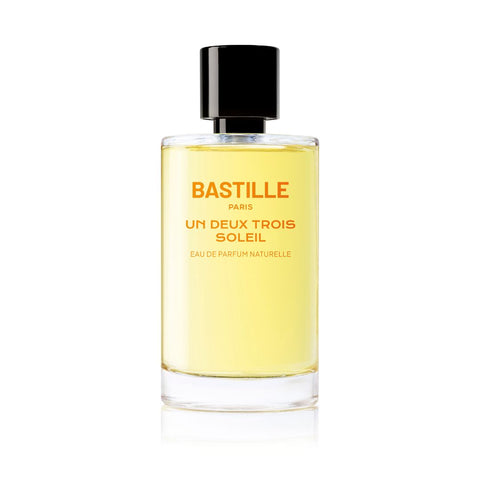



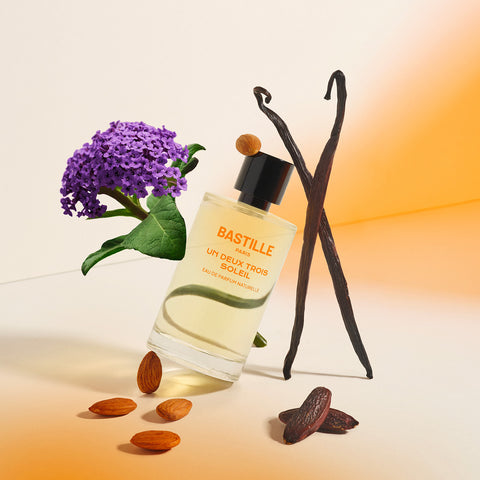
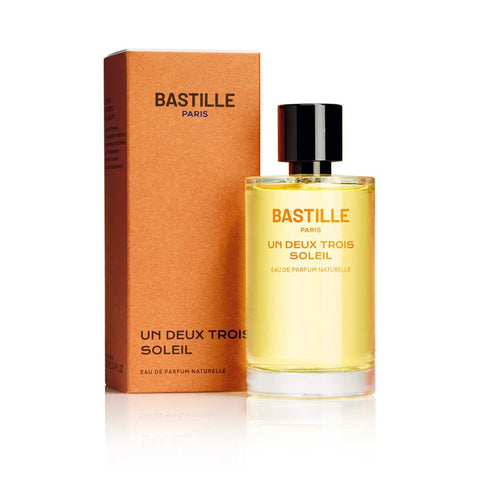
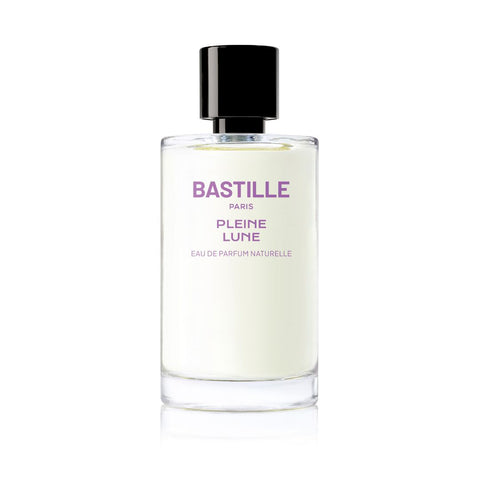
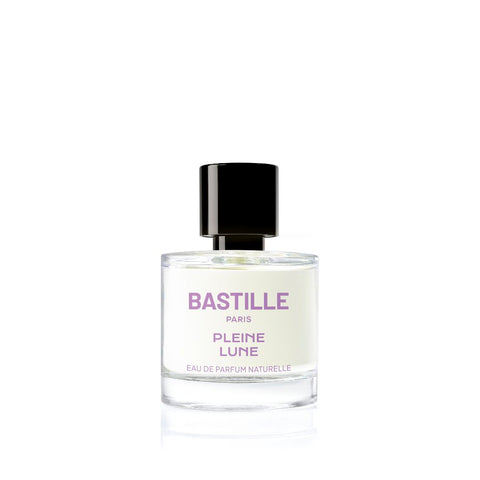
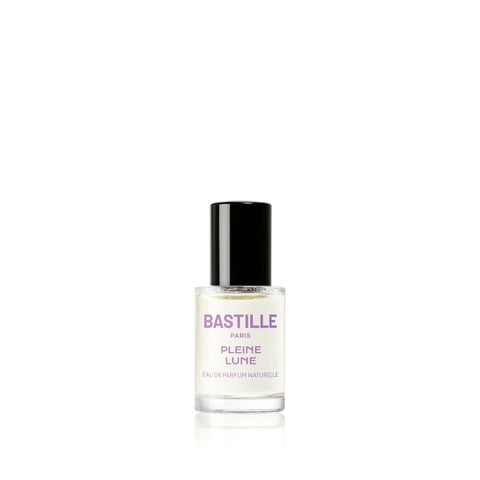
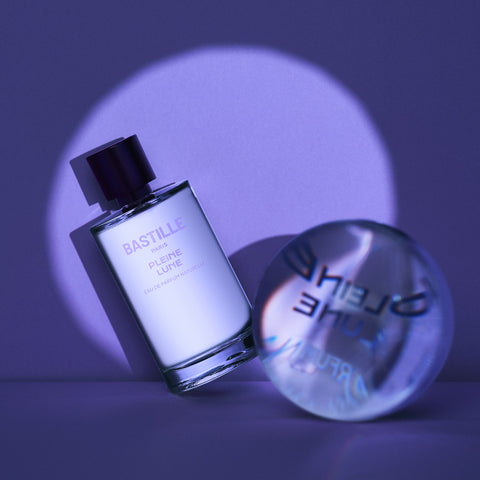
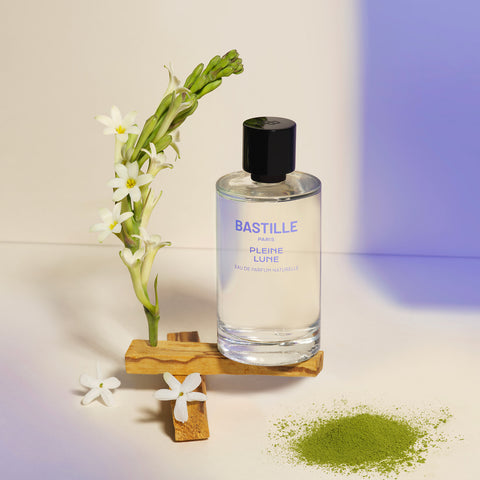
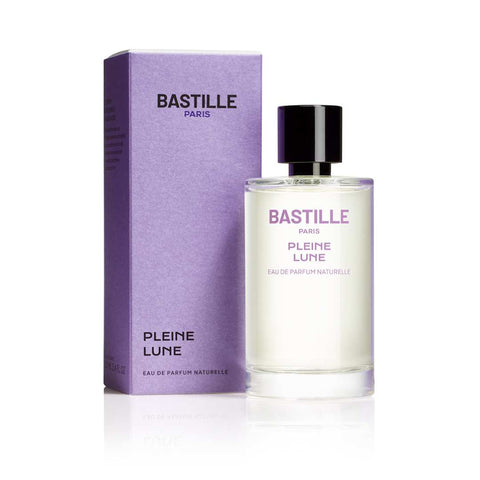

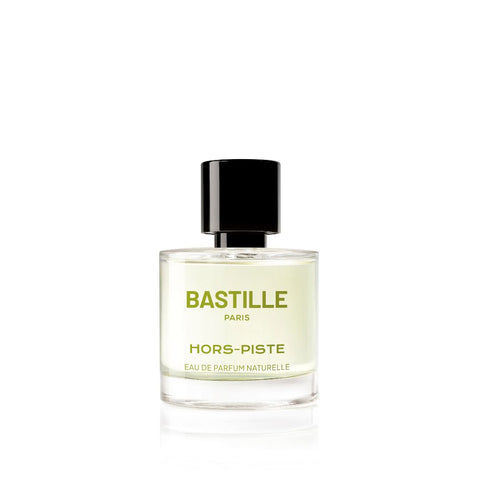

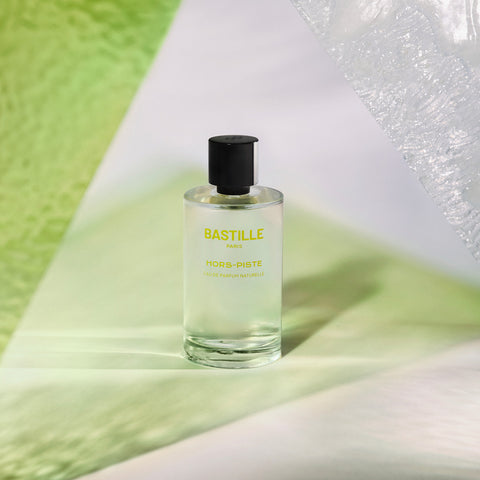

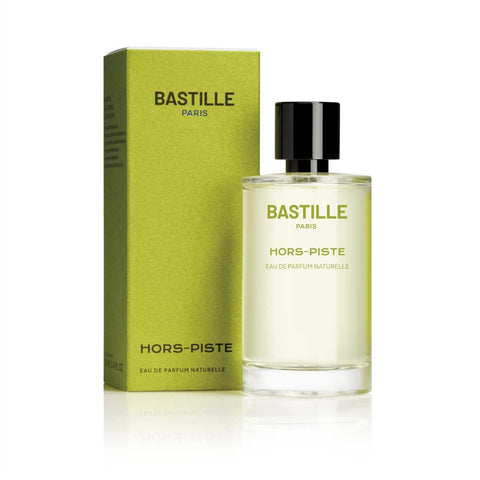

Comments (1)
Voilà merci infiniment de vos conseils, je suis très intéressé et branché sur le monde de la parfumerie, vraiment je sens qu’il y a une grande sincérité dans ce sujet merci 1000 fois bon courage